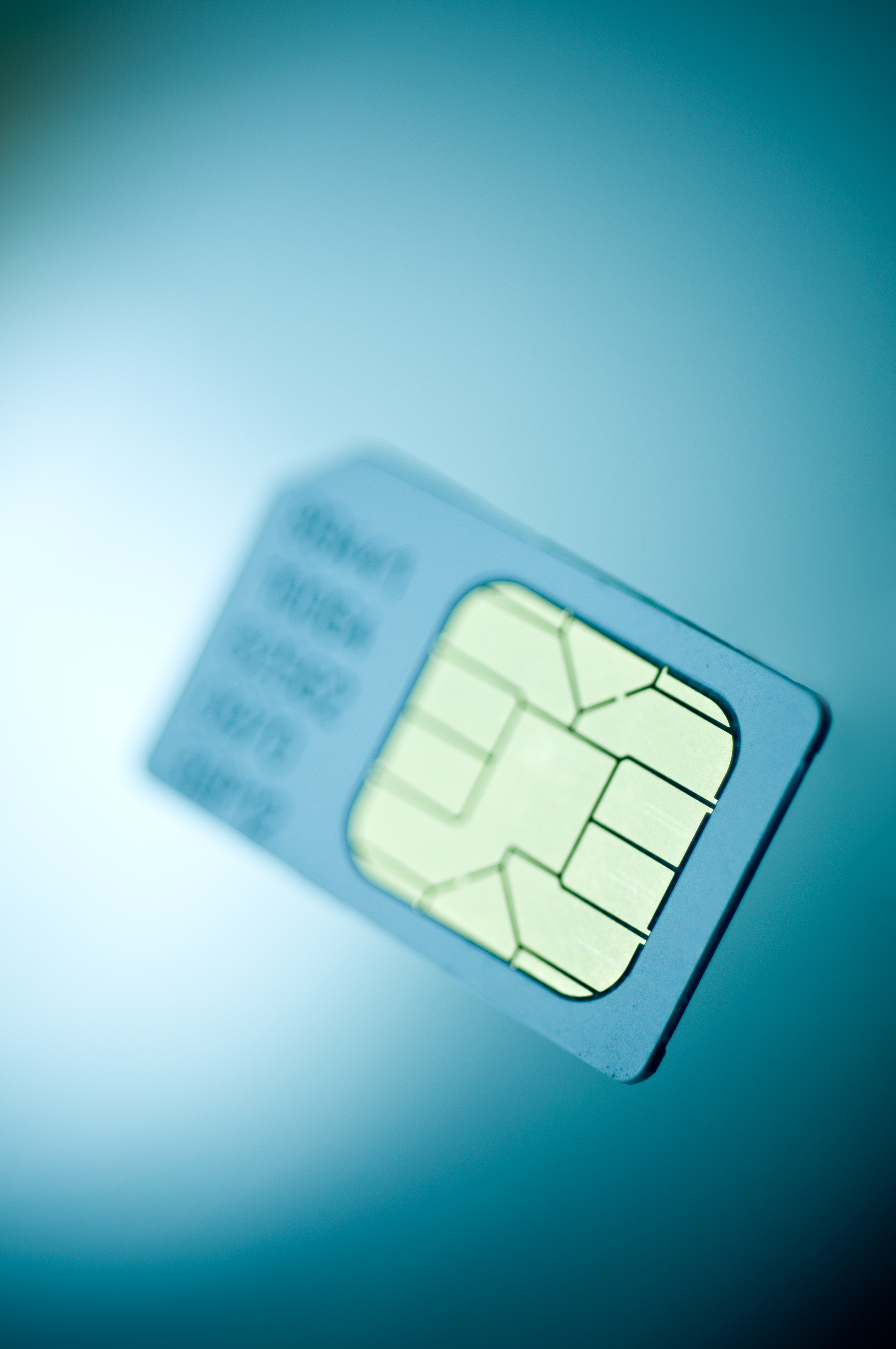
Internet of Things providers who offer a ‘thing’ and a paired thing service will often deploy their globally delivered or traveling smart devices with a standard or “roaming-only” global SIM capability. With a roaming-only global SIM, data must originate and terminate from the network of the “home” mobile network operator. This is the mobile network operator whose network credentials are currently being used to connect to the foreign mobile network. As a result, data that is generated by a connected device can be routed across very long distances before it is consumed for use. This can result in poor user experience and high cost.
With the next generation SIM capability, the credentials of a mobile network operator in the country or region can be dynamically downloaded to the smart device allowing for data access in the local area providing for a lower latency and therefore improved user experience.
This iBASIS whitepaper on this topic will look at the characteristics of the Traditional, Standard SIM and of the Next Generation SIM and explain how they are different and the resulting benefits of the next generation of SIM technology.

